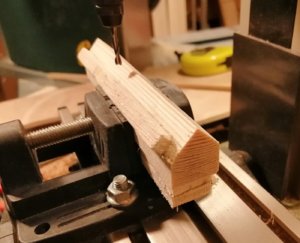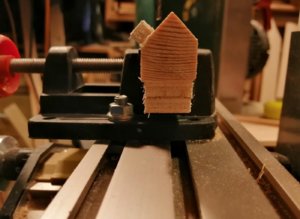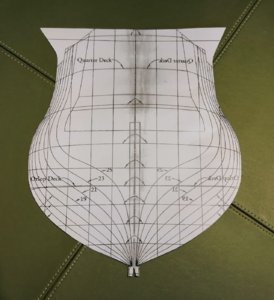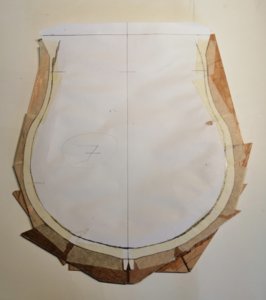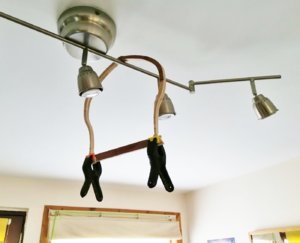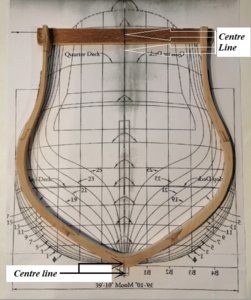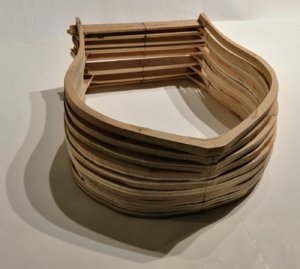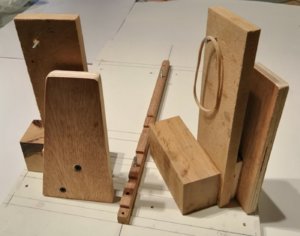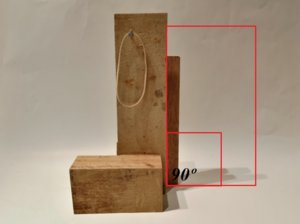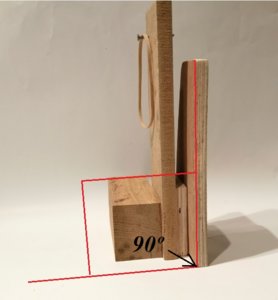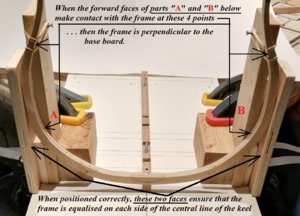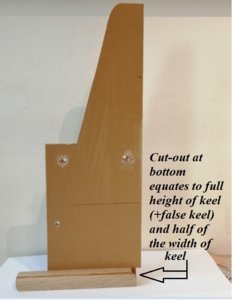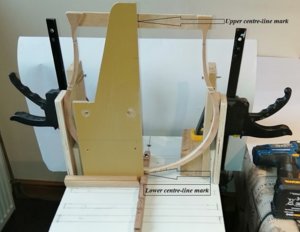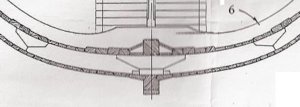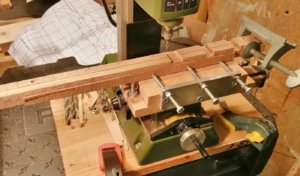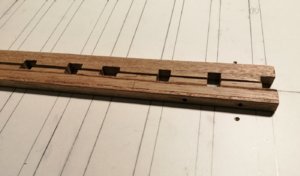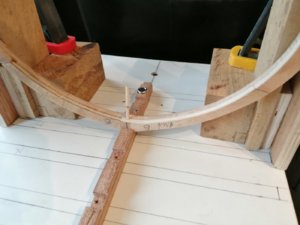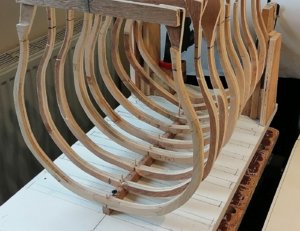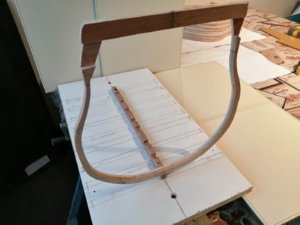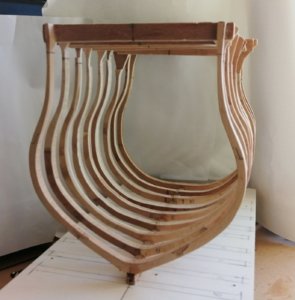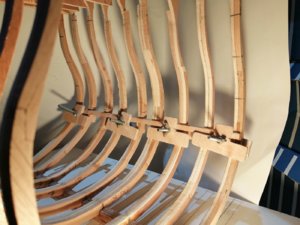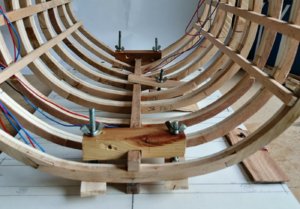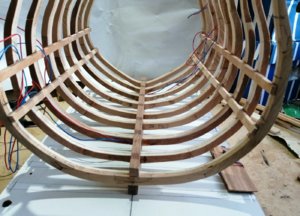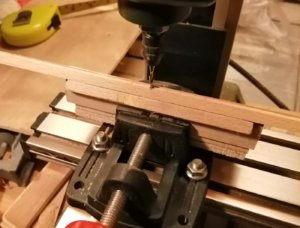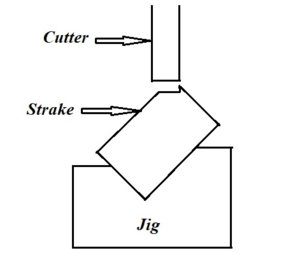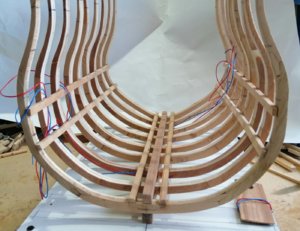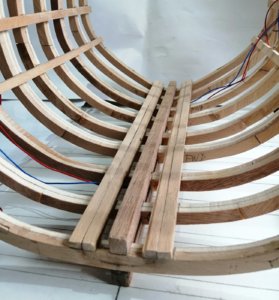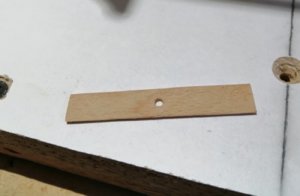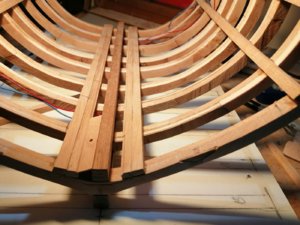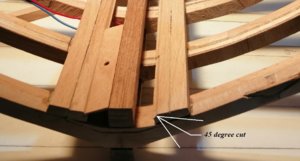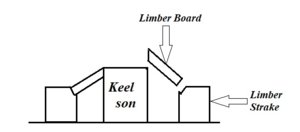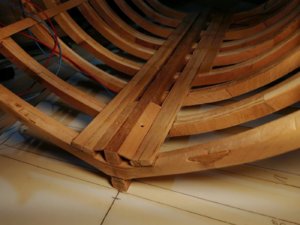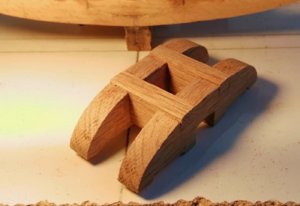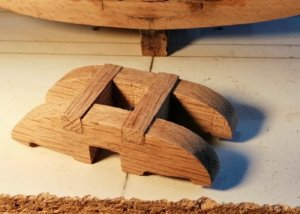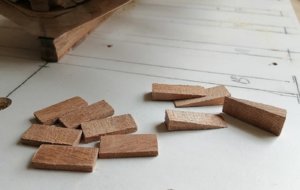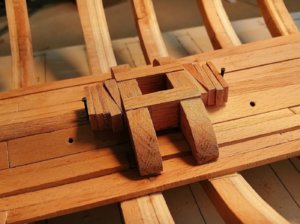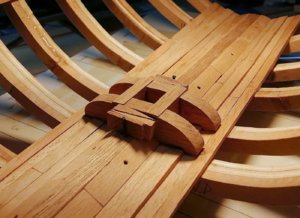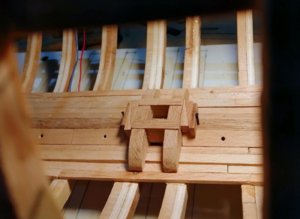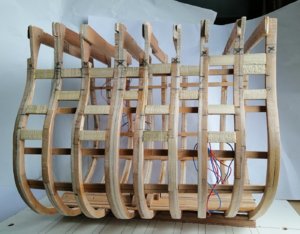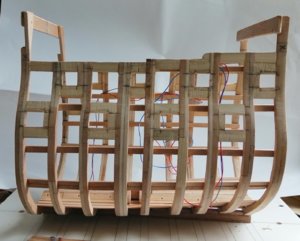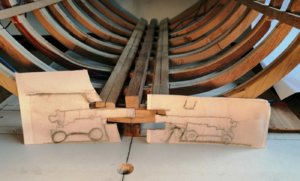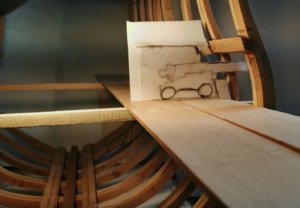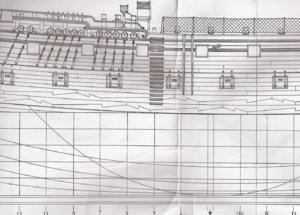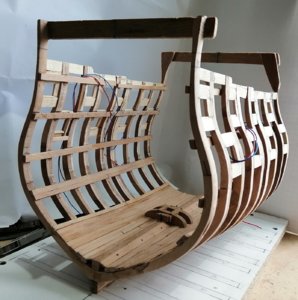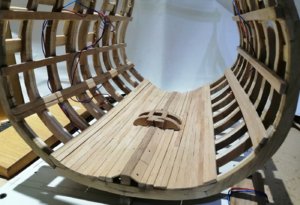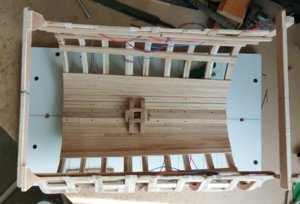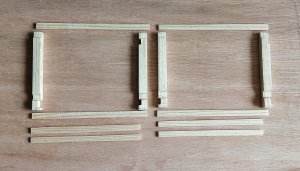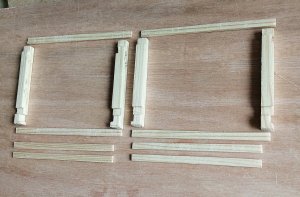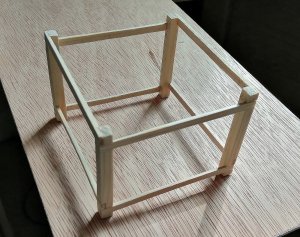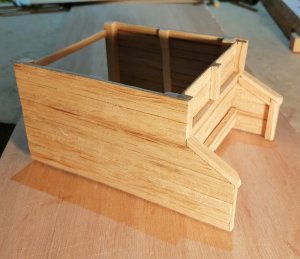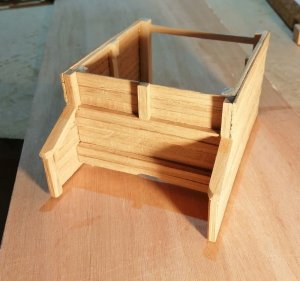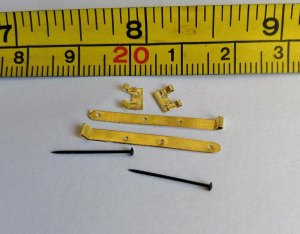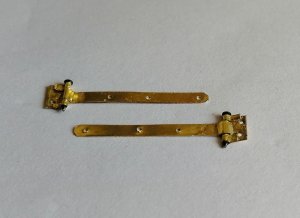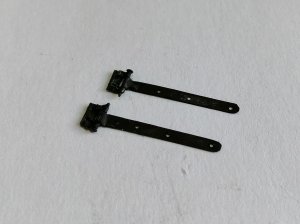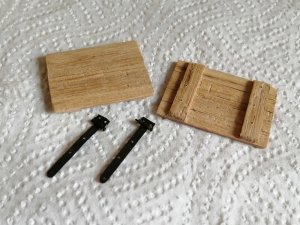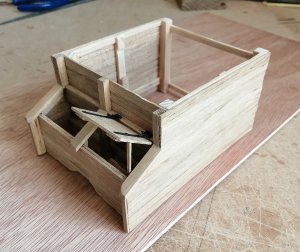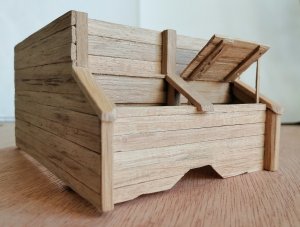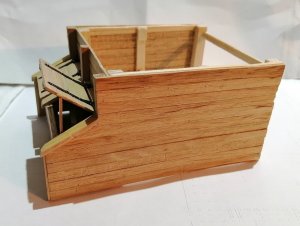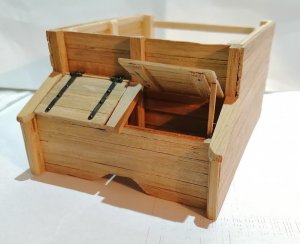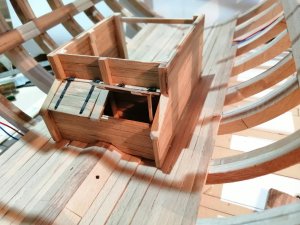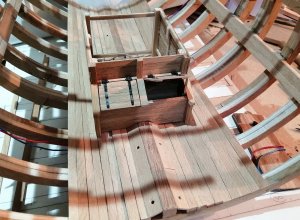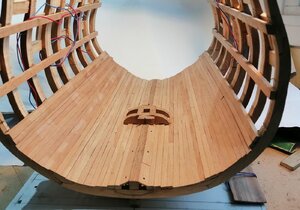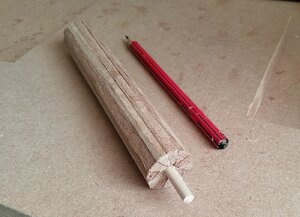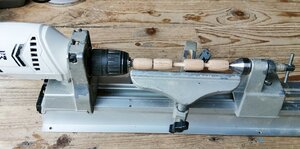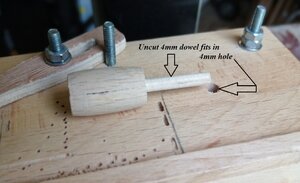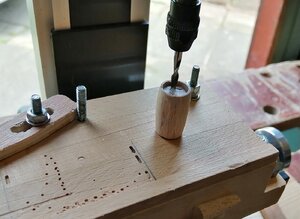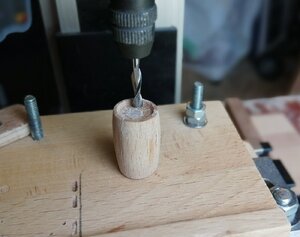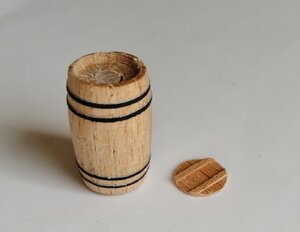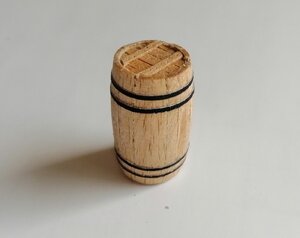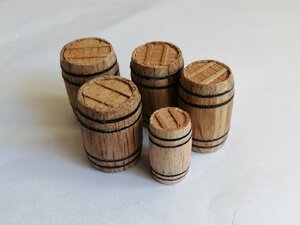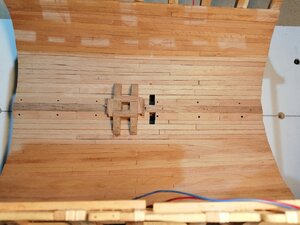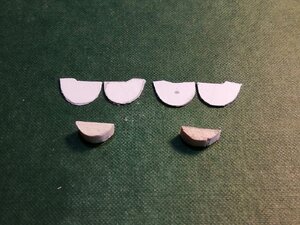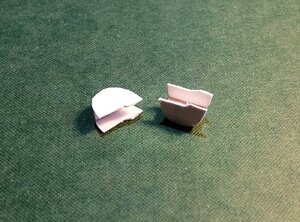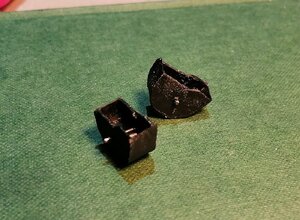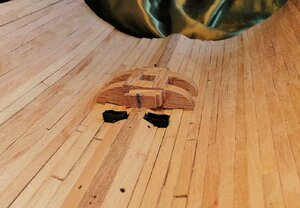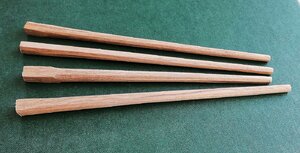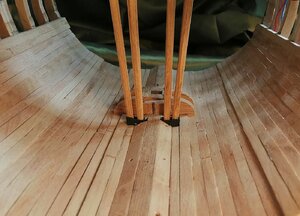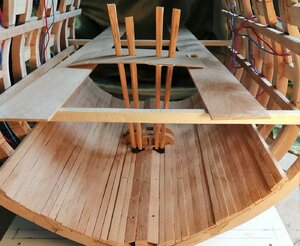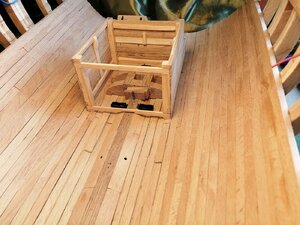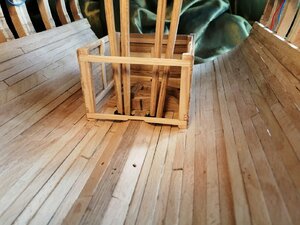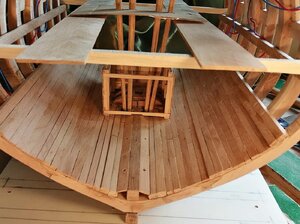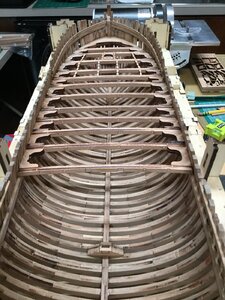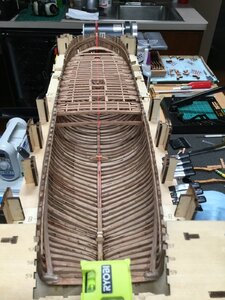- Joined
- Dec 15, 2019
- Messages
- 99
- Points
- 143

The build of my other model, H.M.S. Leopard at 1:80 took almost 9 years, so, at this time I didn't want to take on another full-on build of a complete ship.
As I have basic drawings/plans of Leopard I'm going to have a go at a cross section. Since a section will require a lot less space for the finished item I wanted to exploit that and have increased the scale considerably from 1:80 to 1:44.
. . . and to explain about the unusual scale of 1:44 - - - I intended to have the previous drawings/plans at 1:80 doubled up and asked for that at the copy shop. The enlarged copies came out at a little less twice the size. At the widest point on my body plan drawing the moulded breadth measures exactly 11 inches. Compared to the moulded breadth of the actual ship at 39 feet 10 inches that works out at 1:43.45 --- so, its official model scale will be called "1:44".
OK, that's that out of the way.
As for the actual drawings and plans that I will need, some modifications have to be made before I can even think about creating more sawdust.
When I built my previous Leopard it was a bulkhead model so the body plan was sufficient for making bulkheads . . . but this section will require frames so here are all I have in the way of drawings >>>
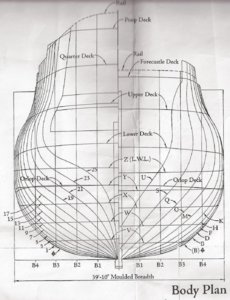
and this drawing of a section around midships just ahead of the main mast looking aft >>>
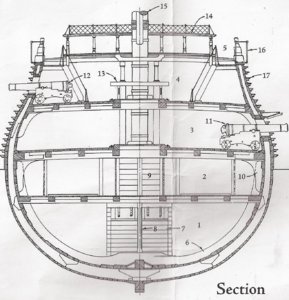
The section drawing above is enough as a rough guide to the basic shape of the mid-ship frame but I will have to modify the body plan for the nine frames I intend to make. It won't be a fully-framed section but instead the frames will equate to the positions of the bulkheads from 13 to (B) shown in the plan below >>>
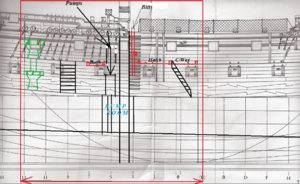
It will be a little longer than most cross sections I have seen as I want it to display from just ahead of the companionway forward of the main mast back to the two capstans. >>>
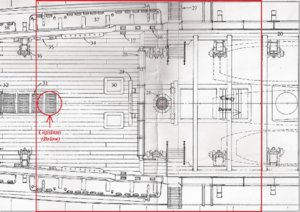
I will need more than the 'half frames' that can be obtained from the body plan, so, I had the image flipped horizontally and made a few copies >>>
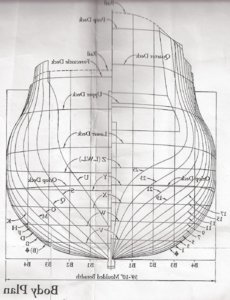
I cut two of the flipped copies down the centre line and pasted them onto original copies and ended up with these 'full frame' copies >>>
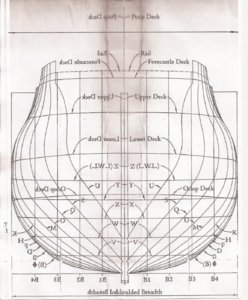
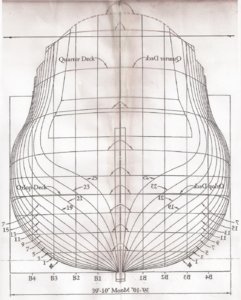
These two copies went to the copy shop and I had 12 of the aft frames and 6 of the forward frame drawings reproduced at 1:44.
I should be able to utilise these to draft the shape of each of the frames that I'll need . . . the section drawing will hopefully help me get close to the proportional thickness of the frames as they gradually taper from bottom to top.
So far I have prepared a baseboard on which to build the model. It is a leftover piece of white melamine covered board and it's ideal as it's very stable and flat, and being white, it's so easy to draw the markings I'll need. Here it has the centreline drawn on along with 3 of the 9 frame positions also drawn on. ...
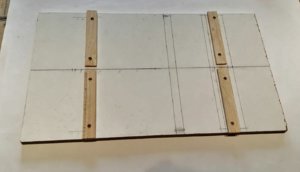
The uncut blank for the keel (with rabbet cut on milling machine) is here being centred on the board >>>
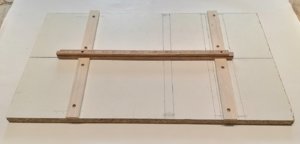
I intend securing the keel to the board with two of these threaded brass inserts >>>
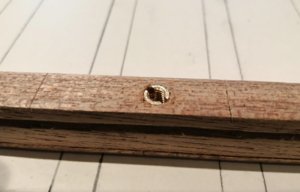
These inserts hold the keel very securely on to the base board and I hope to use them when the model is finished to hold it on to the final display board.
As I have basic drawings/plans of Leopard I'm going to have a go at a cross section. Since a section will require a lot less space for the finished item I wanted to exploit that and have increased the scale considerably from 1:80 to 1:44.
. . . and to explain about the unusual scale of 1:44 - - - I intended to have the previous drawings/plans at 1:80 doubled up and asked for that at the copy shop. The enlarged copies came out at a little less twice the size. At the widest point on my body plan drawing the moulded breadth measures exactly 11 inches. Compared to the moulded breadth of the actual ship at 39 feet 10 inches that works out at 1:43.45 --- so, its official model scale will be called "1:44".
OK, that's that out of the way.
As for the actual drawings and plans that I will need, some modifications have to be made before I can even think about creating more sawdust.
When I built my previous Leopard it was a bulkhead model so the body plan was sufficient for making bulkheads . . . but this section will require frames so here are all I have in the way of drawings >>>

and this drawing of a section around midships just ahead of the main mast looking aft >>>

The section drawing above is enough as a rough guide to the basic shape of the mid-ship frame but I will have to modify the body plan for the nine frames I intend to make. It won't be a fully-framed section but instead the frames will equate to the positions of the bulkheads from 13 to (B) shown in the plan below >>>

It will be a little longer than most cross sections I have seen as I want it to display from just ahead of the companionway forward of the main mast back to the two capstans. >>>

I will need more than the 'half frames' that can be obtained from the body plan, so, I had the image flipped horizontally and made a few copies >>>

I cut two of the flipped copies down the centre line and pasted them onto original copies and ended up with these 'full frame' copies >>>


These two copies went to the copy shop and I had 12 of the aft frames and 6 of the forward frame drawings reproduced at 1:44.
I should be able to utilise these to draft the shape of each of the frames that I'll need . . . the section drawing will hopefully help me get close to the proportional thickness of the frames as they gradually taper from bottom to top.
So far I have prepared a baseboard on which to build the model. It is a leftover piece of white melamine covered board and it's ideal as it's very stable and flat, and being white, it's so easy to draw the markings I'll need. Here it has the centreline drawn on along with 3 of the 9 frame positions also drawn on. ...

The uncut blank for the keel (with rabbet cut on milling machine) is here being centred on the board >>>

I intend securing the keel to the board with two of these threaded brass inserts >>>

These inserts hold the keel very securely on to the base board and I hope to use them when the model is finished to hold it on to the final display board.




